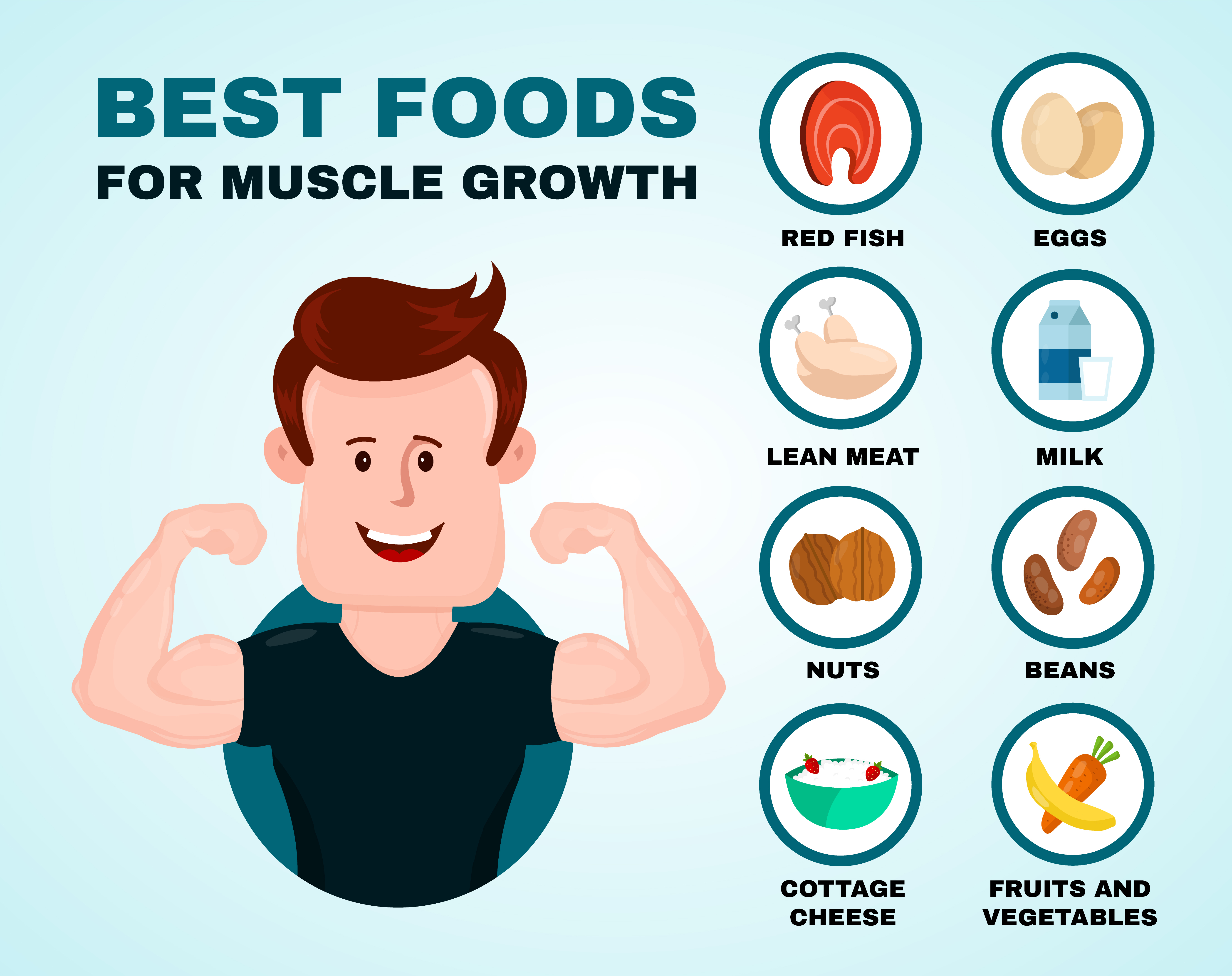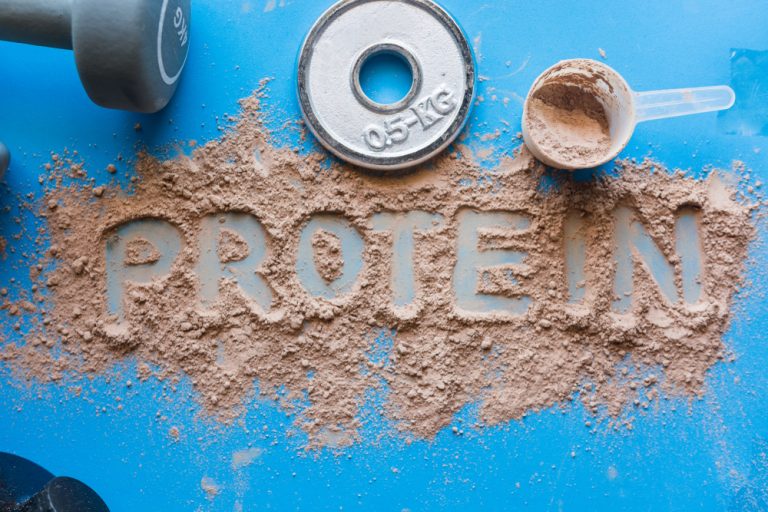Protein is the most controversial ingredient in bodybuilding sports. How much to eat it on the mass? Should you eat more meat during the reduction of body fat? Are plant products worth noting? Let’s deal with the topic highly prone to broscience!
How much protein to gain mass?
By doing resistance training, we undoubtedly increase our protein requirements. This is mentioned, among others, in the work from 1992, in which the authors proved that the protein supply approximated to the recommendation for the general public amounting to 0.86 g/kg of body weight in comparison with the diet with medium and high protein content (1.4-2 g/kg of bodyweight and 4g/kg body weight) negatively affects the synthesis of whole body proteins among athletes. According to the latest meta-analysis, taking into account 49 tests involving 1863 people, the recommended dose of protein for strength training practitioners is 1.6-2.2 g / kg body weight.
How much protein to lose weight?
There are indications that during the reduction of body fat, an increased supply of proteins in the menu grants us with its tangible benefits, in the form of maintaining more muscles after a period of body slimming. In the latest review of available data, the authors suggest that when using a diet with a negative energy balance, elite athletes should consume 1.6-2.4 g protein/kg body weight/day. The larger the energy deficit, the greater the share of protein in the diet should be.

Do you include protein of vegetable origin?
Vegetable protein is characterized by poorer digestibility, which is why some strength sports practitioners do not include it in their protein intake. To make matters worse, plant proteins are characterized by a lower content of essential amino acids (EAA) and leucine required for the synthesis of muscle proteins. Taking into account the fact that the products of vegetable origin are most often characterized by a lower protein content per 100 g, we should not be surprised that. However, the truth is different. Although the content of EAA and leucine in vegetable proteins are smaller, they still provide a certain pool of amino acids in the diet, which is why all the recommendations refer to the inclusion of both proteins of vegetable and animal origin. Interestingly, in diets per gaining muscle mass, they constitute a significant part of the total protein demand.






